This week in honor of the upcoming Armed Forces Day I decided to do a special themed post about one of the Real Time Strategy genre’s most iconic elements. This element is the super heavy unit; represented primarily by the infamous Mammoth Tank of Command & Conquer fame.
Since video games have featured conflict there have been representations of colossal weapons platforms and monstrous war machines; with classic arcade games like Raiden serving as prime examples. However it was Westwood Studio’s early 1992 development, Dune II: The Building of a Dynasty, that first introduced the idea of a super heavy tank that would present itself as the single strongest unit on the battlefield. The Harkonnen Devastator possessed the trio of firepower, armor, and atrocious maneuverability that would become iconic of such units in later games.
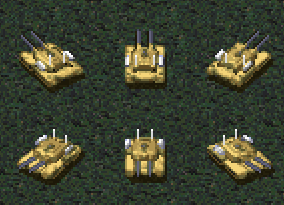
Dune II featured the first face of this aspect; but it was another Westwood Studios title, Command & Conquer, that would realize the super heavy tank in its iconic form. The GDI Mammoth Tank, once again the most expensive, powerful, and slowest moving unit in the game, was notable for also being capable of handling any threat. In addition to its main twin guns the Mammoth Tank featured missile pods that could target aircraft and infantry with devastating effect (although a bug occasionally prevented it from targeting infantry correctly). These elements combined to make the Mammoth Tank a fearsome war machine and pinnacle of technological achievement for the player and would go on to set the standard for super heavy tanks of the coming decade.
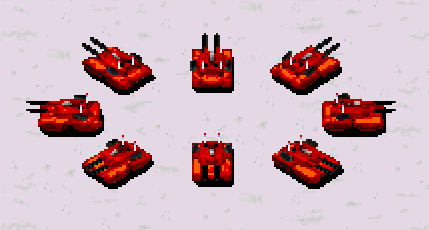
The Mammoth Tank itself would go on to appear in Westwood Studio’s next series of C&C games, Command and Conquer: Red Alert, where it would join the Soviet Union as the Red Army’s most powerful war machine. With improved speed (not saying much) and more effective missile pods the Mammoth Tank was the final say in the tank rushes that became popular in RTS games during this period.
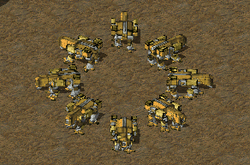
The Mammoth Tank would even inspire a successor in the Command & Conquer sequel, Command & Conquer: Tiberian Sun, the Mammoth Mark II. This departed visually from the concept of the Mammoth Tank in that it was a walker unit and not technically a super heavy tank. However it paid tribute to the Mammoth Tank’s legacy by once again serving as the biggest, most expensive, and slowest unit available. The enormous machine’s main weapon, a rail gun, was lethal against infantry and vehicles and the Mammoth Mark II once again carried missile pods for air defense.
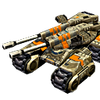
Westwood Studios, and later Electronic Arts, would go on to include an iteration of the Mammoth Tank in each game of the C&C series. The Soviet Apocalypse Tank of Red Alert 2 would suffer from weakened effectiveness against infantry but remain the all around heaviest and most versatile unit available. Command & Conquer 3: Tiberium Wars’ Mammoth Mark III, once again appearing as a super heavy tank, would be challenged by other factions’ heavy units only to carry the day with its iconic effectiveness against all targets, heavy armor, awesome firepower, and air defenses.
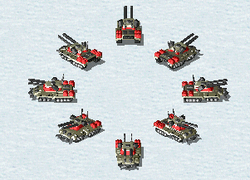
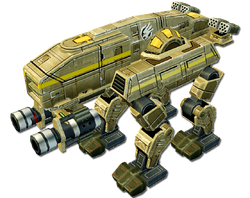
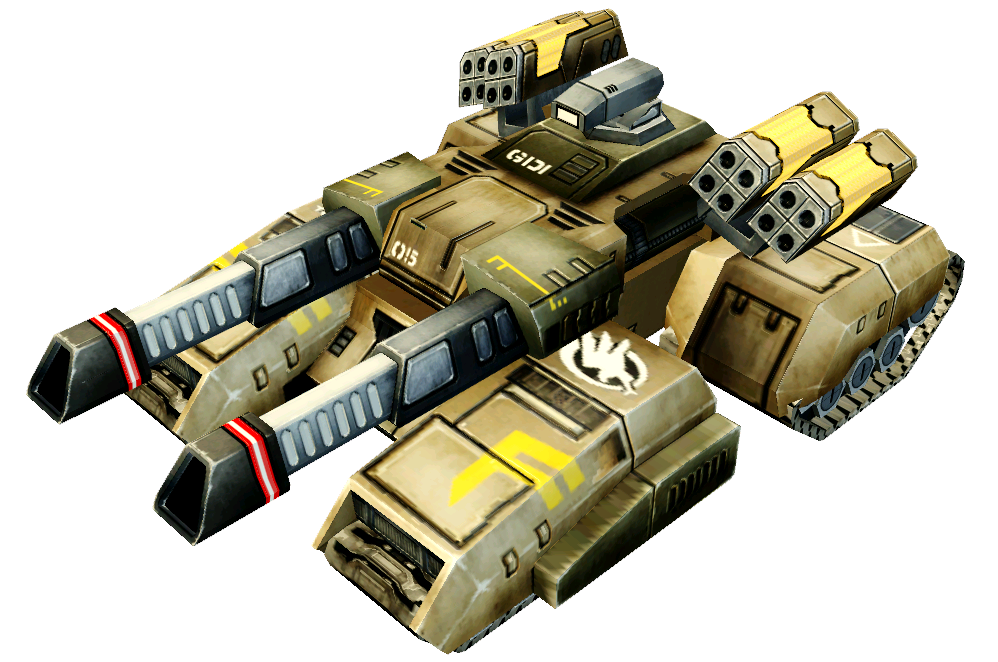
EA would conclude the original C&C series with Command & Conquer 4: Tiberian Twilight which would feature the newest editions of the Mammoth Tank and Mammoth Mark II fighting side by side. Although the walker unit would be renamed Mastodon it would surpass the Mammoth Tank by a small margin through its superior firepower against infantry.
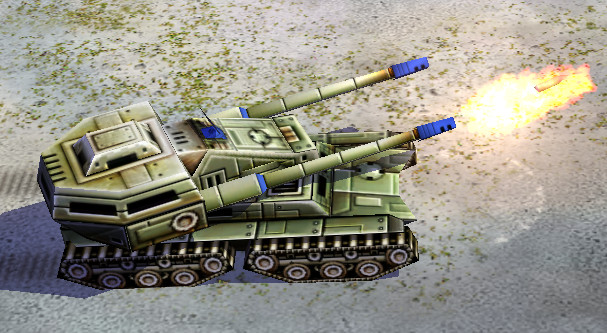
Other popular RTS titles would take their cues from the standard of the Mammoth Tank. Command & Conquer: Generals would introduce the Chinese Overlord Tank which, alongside its unsurpassed armor and firepower, would feature the ability to crush smaller vehicles that was pioneered in Red Alert 2 (ironically though the Mammoth Tank did not introduce this ability). The Overlord did not come equipped with air defenses but could be upgraded with a Gatling cannon for air and ground defense.
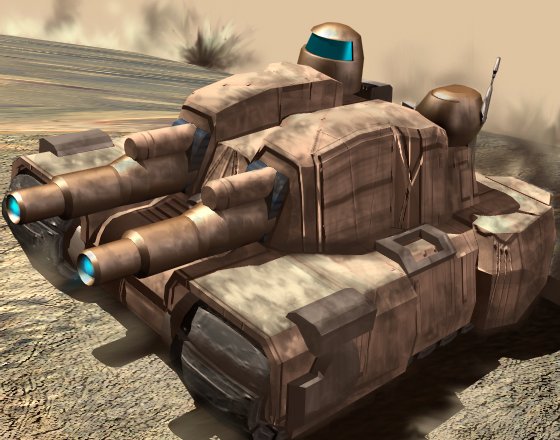
The Harkonnen Devastator from Dune II would be re-textured to reprise its role in Dune 2000 and later transform into a walker unit in Emperor: Battle for Dune, where it would gain increased firepower and air defenses. Command & Conquer 3 would even expand the tradition by introducing the colossal Mammoth Armed Reclamation Vehicle (MARV); the strongest tank ever to appear in a C&C title.
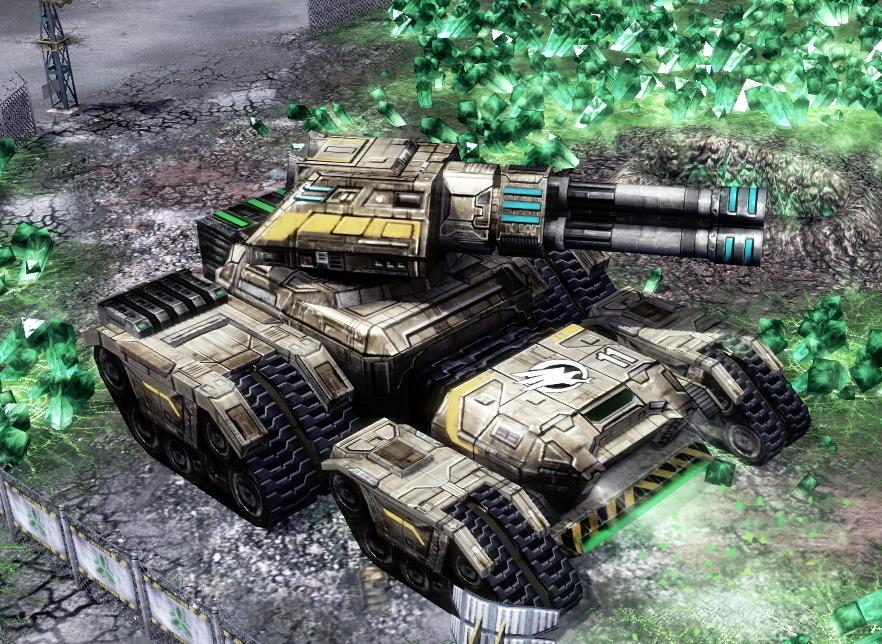
Since the Mammoth Tank’s arrival on the scene RTS games of all genres have aspired to design powerful, high tech units that would serve as versatile, nearly unstoppable game ending units. This trend would progress to the Epic Unit aspect (of which the MARV is an example) that would soon appear in most recent RTS titles (more about that later). Dragons, spaceships, deities, and walkers have all followed in the Mammoth Tank’s treads to inspire fear among enemies and awe among allies as the kings of RTS combat.
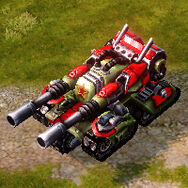
Dishonorable mention: Electronic Arts’ production of Red Alert 3 introduces a new edition of the Soviet Apocalypse Tank that did not feature air defense; breaking the trend of all around versatility the Mammoth Tank is known for.
